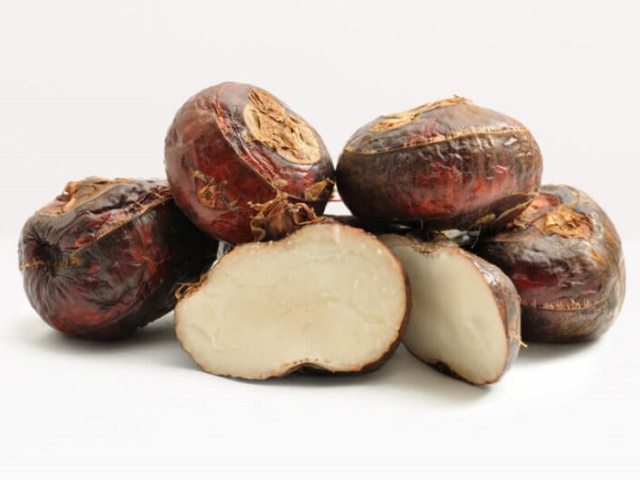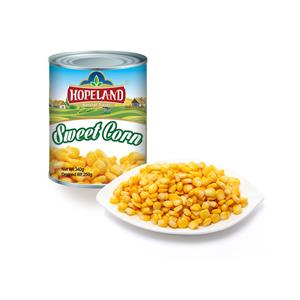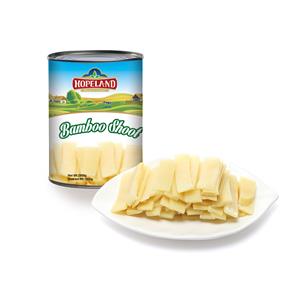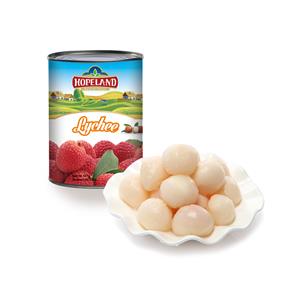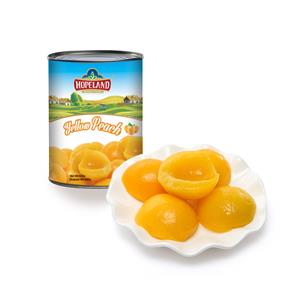What are water chestnuts?
When you hear the word “chestnut,” you might think of the warm, nutty flavor of roasted winter treats sold on street corners during the holidays. But water chestnuts are entirely different. Crisp, juicy, and slightly sweet, they are not nuts at all — they’re aquatic vegetables that thrive in marshy, tropical regions. From stir-fries to salads and even canned versions that are staples in global kitchens, water chestnuts are both versatile and fascinating. Let’s dive deep into everything you need to know about them — from their origin and cultivation to their nutrition, culinary uses, and modern significance.
What Are Water Chestnuts?
Water chestnuts, scientifically known as Eleocharis dulcis, are the corms (underground tubers) of a grass-like plant that grows in shallow water, such as swamps, ponds, and paddy fields. Despite their name, they are not related to chestnuts, walnuts, or any other nut. The “chestnut” part of their name simply refers to their brownish skin and round shape, which resemble the actual chestnut nut.
Native to Southeast Asia, water chestnuts are widely cultivated in countries like China, Thailand, India, and the Philippines. Over time, their crisp texture and mild, slightly sweet taste have made them a beloved ingredient in Asian, Pacific Island, and even Western cuisines.
How Water Chestnuts Grow
Water chestnuts thrive in warm, shallow freshwater environments. Farmers typically plant them in muddy beds submerged under 10 to 20 centimeters of water. The plant’s green, grass-like stems grow above the surface, while the edible corms develop below, buried in the mud.
The growing season usually lasts around 6 to 8 months. When the tops of the plants turn yellow and start to die back, it’s a sign that the corms are mature and ready to be harvested. Farmers then drain the water from the fields and carefully dig up the chestnuts by hand or with small machinery.
Each plant can produce several corms, each about 2–4 cm in diameter. After harvesting, the corms are washed, peeled, and either sold fresh or processed for canning.
Fresh vs. Canned Water Chestnuts
In many parts of the world, especially outside Asia, finding fresh water chestnuts can be difficult. That’s where canned water chestnuts come in.
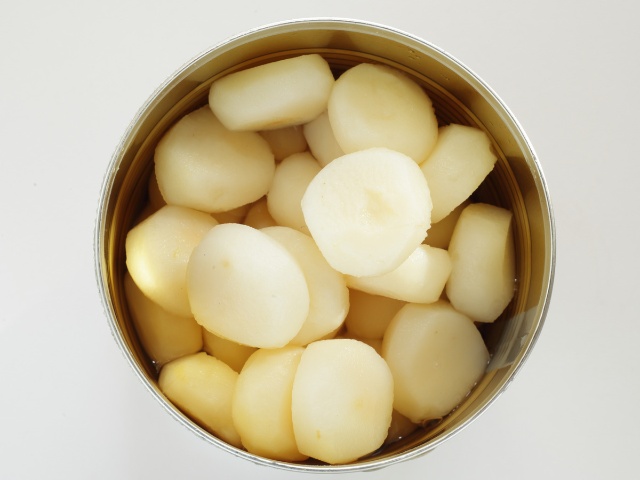
Fresh water chestnuts have a distinctive crunch and natural sweetness that make them irresistible in stir-fries or eaten raw. They must be peeled before use, as the outer skin is rough and inedible. Once peeled, their white flesh should be stored in water and kept refrigerated to prevent drying out.
Canned water chestnuts, on the other hand, are pre-peeled, cooked, and preserved in water or brine. While convenient and shelf-stable, they are slightly less crisp and flavorful than fresh ones. However, they remain an excellent alternative for most cooking applications.
Pro tip: If using canned water chestnuts, rinse them thoroughly with fresh water before adding to dishes to remove any metallic or briny taste.
The Taste and Texture of Water Chestnuts
One of the most appealing qualities of water chestnuts is their crunchy texture. Even after cooking, they remain delightfully crisp — a rare characteristic among vegetables. This crispness is due to the high water content and unique cell structure that prevents them from becoming mushy when heated.
Flavor-wise, water chestnuts are mild, slightly sweet, and refreshing. They blend seamlessly with other ingredients, absorbing surrounding flavors while maintaining their own subtle sweetness. This balance makes them a popular choice for enhancing the texture of many dishes without overpowering them.
Nutritional Value of Water Chestnuts
Water chestnuts are a low-calorie, nutrient-dense food, perfect for those looking to eat light yet nutritious meals. Here’s what you get in about 100 grams of raw water chestnuts:
Calories: 97 kcal
Carbohydrates: 23.9 g
Protein: 1.4 g
Fat: 0.1 g
Fiber: 3 g
Vitamin B6: 16% of the Daily Value (DV)
Potassium: 17% of the DV
Copper: 16% of the D
Manganese: 7% of the DV
They are gluten-free, fat-free, and cholesterol-free, making them suitable for almost any diet.
Health Benefits of Water Chestnuts
Beyond their delightful crunch, water chestnuts bring a wealth of health benefits:
1. Rich in Antioxidants
Water chestnuts contain compounds like ferulic acid and catechins, which help combat free radicals in the body. These antioxidants can reduce inflammation, slow down aging, and protect against chronic diseases such as heart disease and certain cancers.
2. Supports Heart Health
The potassium content in water chestnuts helps regulate blood pressure by balancing sodium levels in the body. Regular consumption may help maintain a healthy heart rhythm and reduce the risk of hypertension.
3. Aids in Weight Management
Low in calories and high in water and fiber, water chestnuts are filling without being heavy. They can help curb appetite, making them a smart addition to weight-loss diets.
4. Improves Digestive Health
The fiber in water chestnuts promotes smooth digestion and helps prevent constipation. Fiber also feeds beneficial gut bacteria, supporting overall digestive balance.
5. Boosts Energy Levels
The natural carbohydrates in water chestnuts provide a quick yet steady source of energy. They’re excellent for replenishing glycogen stores after exercise or long work hours.
6. Helps Detoxify the Body
In traditional Chinese medicine, water chestnuts are considered a cooling food — believed to clear heat, detoxify the body, and promote hydration, especially in hot weather.
Culinary Uses Around the World
Water chestnuts are incredibly versatile and appear in both savory and sweet dishes across many cuisines.
1. Chinese Cuisine
In China, water chestnuts are a staple ingredient in stir-fries, dumpling fillings, and soups. They are often paired with bamboo shoots, mushrooms, and meats like pork or chicken. Their crispness adds contrast to tender ingredients.
Popular dishes include:
Chicken with Water Chestnuts and Cashews – a classic stir-fry combining nutty and crunchy textures.
Water Chestnut Cake (Ma Ti Gao) – a popular dim sum dessert made from water chestnut flour and sugar, offering a chewy yet bouncy bite.
Spring Rolls and Dumplings – where minced water chestnuts add crunch to fillings.
2. Thai Cuisine
In Thailand, water chestnuts are famous for their role in the dessert “Tub Tim Krob” — red ruby water chestnuts coated in tapioca starch, served in coconut milk with crushed ice. It’s a refreshing treat on hot days.
3. Indian Cuisine
In India, water chestnuts (locally called Singhara) are eaten both fresh and dried. The flour made from dried water chestnuts, known as Singhara Atta, is used to make pancakes or sweets, especially during fasting periods when grains are avoided.
4. Western Dishes
In Western countries, especially in fusion cooking, water chestnuts often appear in salads, canapés, or as a crunchy element in Asian-inspired wraps and appetizers — like bacon-wrapped water chestnuts, a favorite party snack.
How to Prepare and Cook Water Chestnuts
If you’re lucky enough to find fresh water chestnuts, here’s how to handle them:
Peeling: Use a small knife or vegetable peeler to remove the dark brown skin.
Cleaning: Rinse thoroughly in clean water to remove any dirt.
Storage: Keep peeled water chestnuts in water in a sealed container in the refrigerator. Change the water daily to keep them fresh for up to a week.
Cooking ideas:
Add thinly sliced water chestnuts to stir-fries for a crisp contrast.
Mix chopped water chestnuts into dumpling or spring roll fillings.
Include them in salads for a refreshing crunch.
Toss them into soups or stews just before serving to maintain texture.
Remember, they don’t require long cooking — just a few minutes are enough to heat them while keeping their crunch.
Canned Water Chestnuts: A Convenient Choice
Canned water chestnuts are a pantry hero. They save time and make it easy to add texture to dishes year-round. While they may lose a bit of flavor and crispness during processing, they remain an excellent substitute when fresh ones aren’t available.
To use canned water chestnuts:
Rinse under cold water before cooking.
Slice or chop as needed.
Add them at the final stage of cooking to retain their crunch.
Canned versions are available in whole, sliced, or diced forms, typically packed in water, and have a long shelf life when unopened.
Water Chestnut Flour and Its Uses
Beyond the whole corm, water chestnuts can also be dried and ground into flour. This gluten-free flour has a light texture and mild sweetness, making it suitable for baking or as a thickening agent in sauces.
In India, Singhara Atta is used to make:
Singhara Halwa (sweet pudding)
Singhara Chilla (pancakes)
Fasting snacks and desserts
The flour is also popular in gluten-free and vegetarian diets worldwide, adding both nutrition and versatility.
Storage and Shelf Life
Fresh water chestnuts: Store unpeeled ones in a cool, dry place for up to two weeks. Once peeled, keep them submerged in water in the fridge for up to 7 days.
Canned water chestnuts: Store unopened cans in a cool, dark place. Once opened, transfer leftovers to an airtight container with fresh water, refrigerate, and use within 3–4 days.
Interesting Facts About Water Chestnuts
Not a Nut: Despite the name, water chestnuts are vegetables, not nuts.
Stays Crunchy When Cooked: Their cell walls contain unique phenolic compounds that keep them firm even under heat.
Cultural Symbolism: In Chinese culture, water chestnuts symbolize prosperity and purity, often featured in New Year dishes.
Environmental Role: The plant helps prevent soil erosion in wetland areas and provides habitat for aquatic life.
Ancient Food: Archaeological evidence suggests water chestnuts were eaten in China over 3,000 years ago.
Potential Concerns and Safety Tips
While water chestnuts are generally safe and healthy, a few considerations are worth noting:
Parasitic Infection Risk (in Raw Ones): In rare cases, wild or uncooked water chestnuts from contaminated water sources may carry parasites. To be safe, peel and cook them before eating.
Canned Variety Sodium Levels: Some canned versions contain added salt. Choose low-sodium or unsalted varieties if you’re watching your sodium intake.
Allergic Reactions: True allergies are extremely rare, but if you’re allergic to other aquatic plants or have food sensitivities, introduce them cautiously.
Sustainability and Modern Trends
As global interest in plant-based diets grows, water chestnuts are gaining attention as a sustainable, low-impact crop. They require minimal fertilizers, grow well in reclaimed wetland areas, and enrich local ecosystems.
The rising popularity of Asian fusion cuisine and gluten-free flours has also brought water chestnuts into the spotlight of modern culinary innovation. From vegan dumplings to crunchy salad toppings and natural starch alternatives, they’re carving out a place in the health-conscious global pantry.
Conclusion
Water chestnuts are more than just a crunchy ingredient in your stir-fry — they represent a fascinating blend of nature, nutrition, and culinary versatility. Whether enjoyed fresh from the field or conveniently from a can, they add a refreshing texture and subtle sweetness that elevates any dish.
Packed with antioxidants, fiber, and vital nutrients, they not only delight the taste buds but also support overall health and wellness. From ancient Chinese traditions to modern vegan recipes, water chestnuts have traveled far and wide, proving their timeless appeal.
So next time you open a can or peel a fresh one, take a moment to appreciate this humble aquatic vegetable — crisp, refreshing, and truly one of nature’s quiet wonders.

